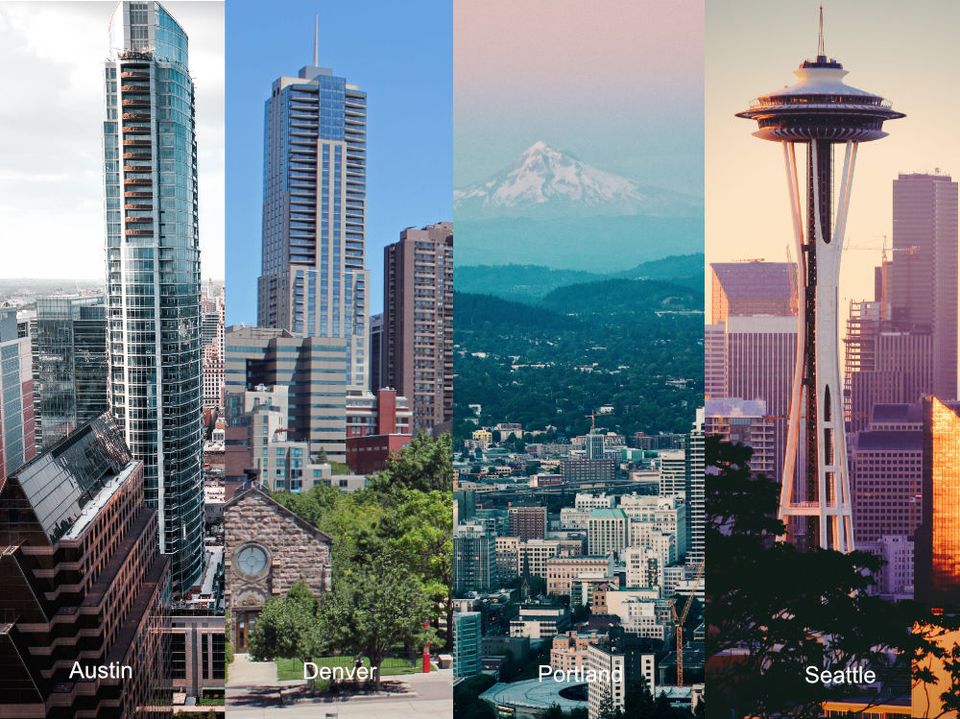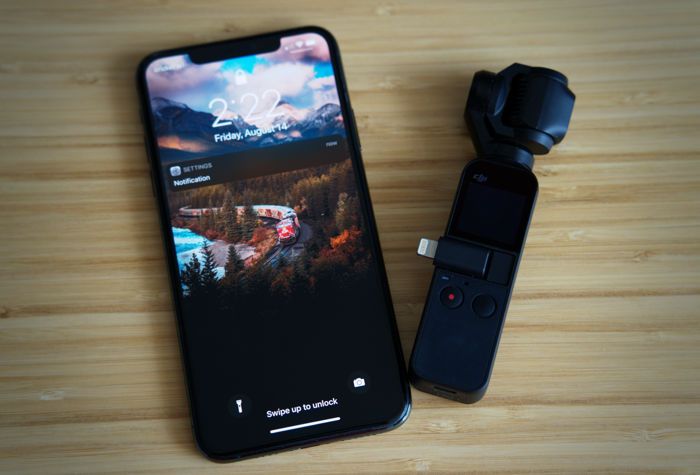Where to Move After New York City?

My wife and I grew up and spent most of our lives in California. The majority of our friends and family are there, so we knew we would eventually settle down in The Golden State. It is important to us that our loved ones are present in our future children’s lives.We aren’t quite ready for California, but these 4 cities are our top choices:
Or jump to the interactive pro/con selector.We are also adventurous people. We love traveling and I always had dreams of living abroad. There is no other experience like being fully immersed in different cultures. One of my biggest regrets in life was not participating in study abroad programs in college. If you are a student and have the opportunity to study abroad, I highly recommend you jump on it.When we got married, we moved to New York City to start our new wedded life in 2019. It’s refreshing to step away from the bubble that is California. Fortunately, our jobs allowed us to work remotely so it was an easy decision to experience life in The Big Apple without the stress of finding a new job. This would be the perfect stepping stone to eventually move to Europe or Asia. There is no place in America that has the kind of energy, the population density, and accessibility of public transportation like New York City. Now I know what you’re thinking - New York MTA doesn’t compare to places like London, Tokyo, Paris, Barcelona or Hong Kong, but you won’t be able to find anything better in the US. No other city compares.Experiencing true seasons was incredible. After enduring rain and snow, NYC summers are celebrated and residents take advantage of every sunny day. Entertainment here is endless - we attended a show at least once a week, whether it be music, musicals, plays, there is so much talent in the city. And of course the food here is amazing, with so much variety from cheap eats to Michelin stars.Then 2020 happened. The plague of Covid-19 came and impacted the lives of many. Businesses are closed for good and people are leaving the dense city to less populated areas. As we reflect on the circumstances and plan for our future, the dream abroad seems distant now. At the time of writing, Americans are banned from nearly every country we would want to visit. The best thing to do now, is to save as much money as we can and build our wealth while society recovers from the pandemic. The plan is to move somewhere (domestically) with a lower cost of living and build equity through home ownership.Here are the cities we are considering: Austin, Denver, Portland, and Seattle. While pros and cons are subjective to each person, We’ve listed the facts for each city so that you can decide whether or not it’s a pro or con for you. Hopefully this will help you decide on your next move.
Drag and drop each city feature to the pros and cons section so that you can organize your own criteria.

Austin, TX
Pros
Cons

Denver, CO
Pros
Cons

Portland, OR
Pros
Cons




